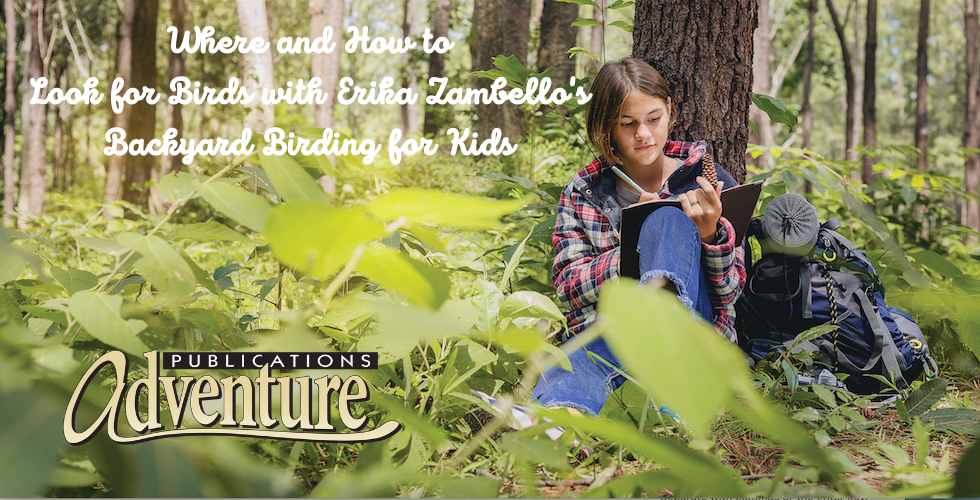
Where and How to Look for Birds
Erika Zambello, author of Backyard Birding for Kids, shares with us where and how to look for birds, from following the basic rules of birding and learning how to identify birds, to knowing how to keep them safe.
The best way to begin learning bird species is by first recognizing your backyard birds. Usually songbirds and woodpeckers, are the species known to come to bird feeders and berry bushes, which means you will have a lot of time to get to know them!
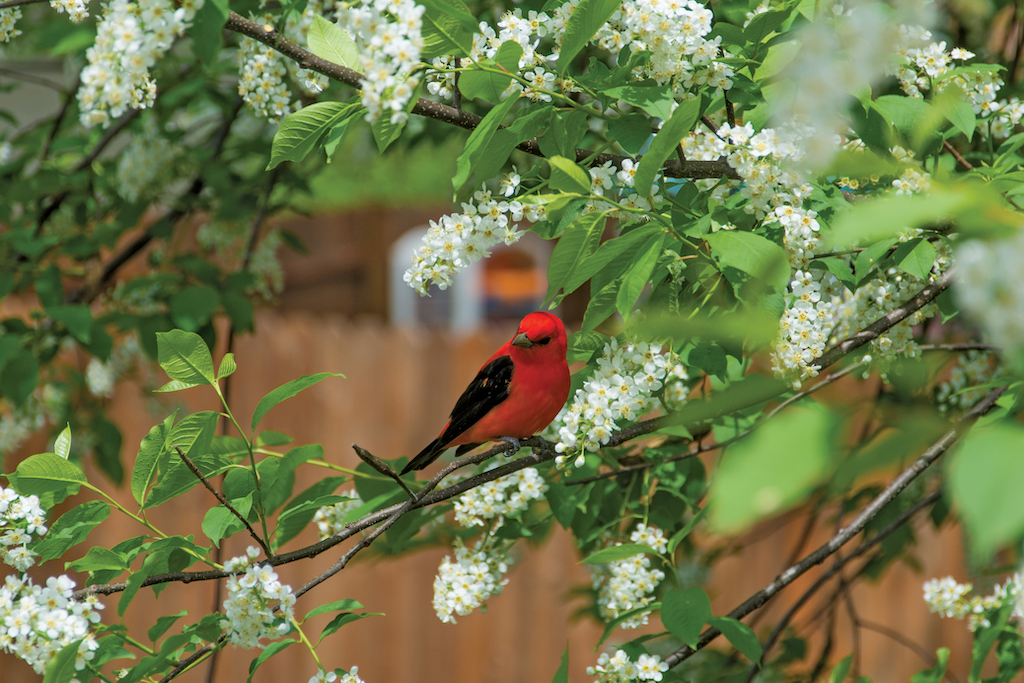
BASIC RULES OF BIRDING
Do not wear white or bright colors—opt for greens or browns to blend into the environment. Shhh! Birds can be spooked by loud noises—stay quiet when possible. Leave pets at home—they scare birds and make noise.
HOW TO CHOOSE A BIRDING LOCATION
Pick a spot with lots of different habitats because that will attract a variety of bird species. Coastal locations with marsh or upland habitats or forests with lakes or rivers are examples of multiple habitat types together in one place.
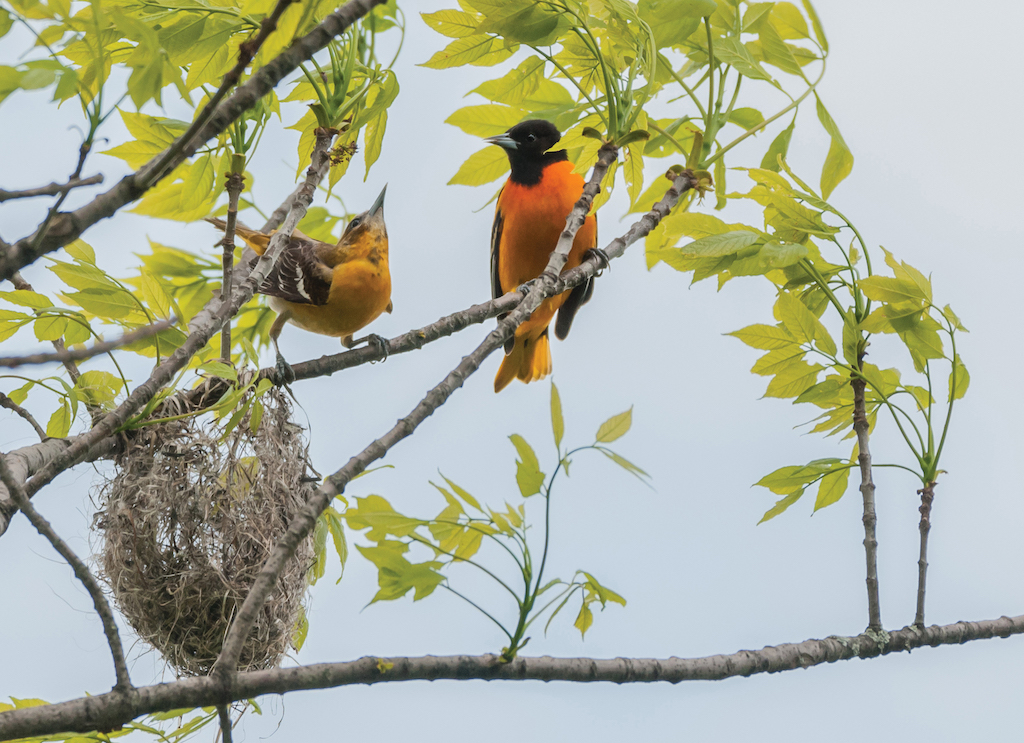
Are you looking for specific types of birds, like desert species or beach birds? Go to those habitat types! Knowing what kinds of places birds like is the best way to find them.
Are you looking for a specific species? Know both their habitats and habits. For example, Bald Eagles soar through the air or perch in a tree—especially near water—but won’t generally be found on the ground, like a turkey, or eating roadkill like a Black Vulture. Common Loons in the summer need bigger bodies of water in order to successfully take off, so you won’t find them on small ponds or narrow rivers.
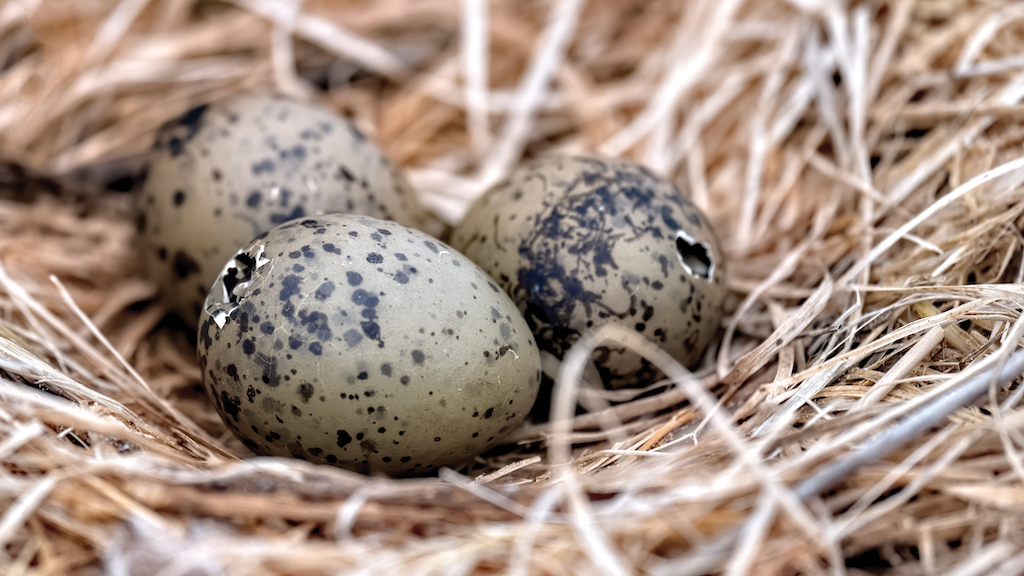
HOW TO IDENTIFY BIRDS
To identify birds, use binoculars, a camera, or your eyes to take in their field marks, jotting them down for identification in a field guide or using photographs on the internet (with a parent’s permission).
What if you can’t see the birds? You can identify them by their calls! This is especially important for shy birds that are easily spooked. Rails—chicken-like species that live between the reeds in the marshes— are almost impossible to see. Luckily, they make a lot of clapping and keking noises that birders can use to identify them by. Similarly, owls are active at night when they are difficult to see, but their calls echo through the sky and are easily identifiable.
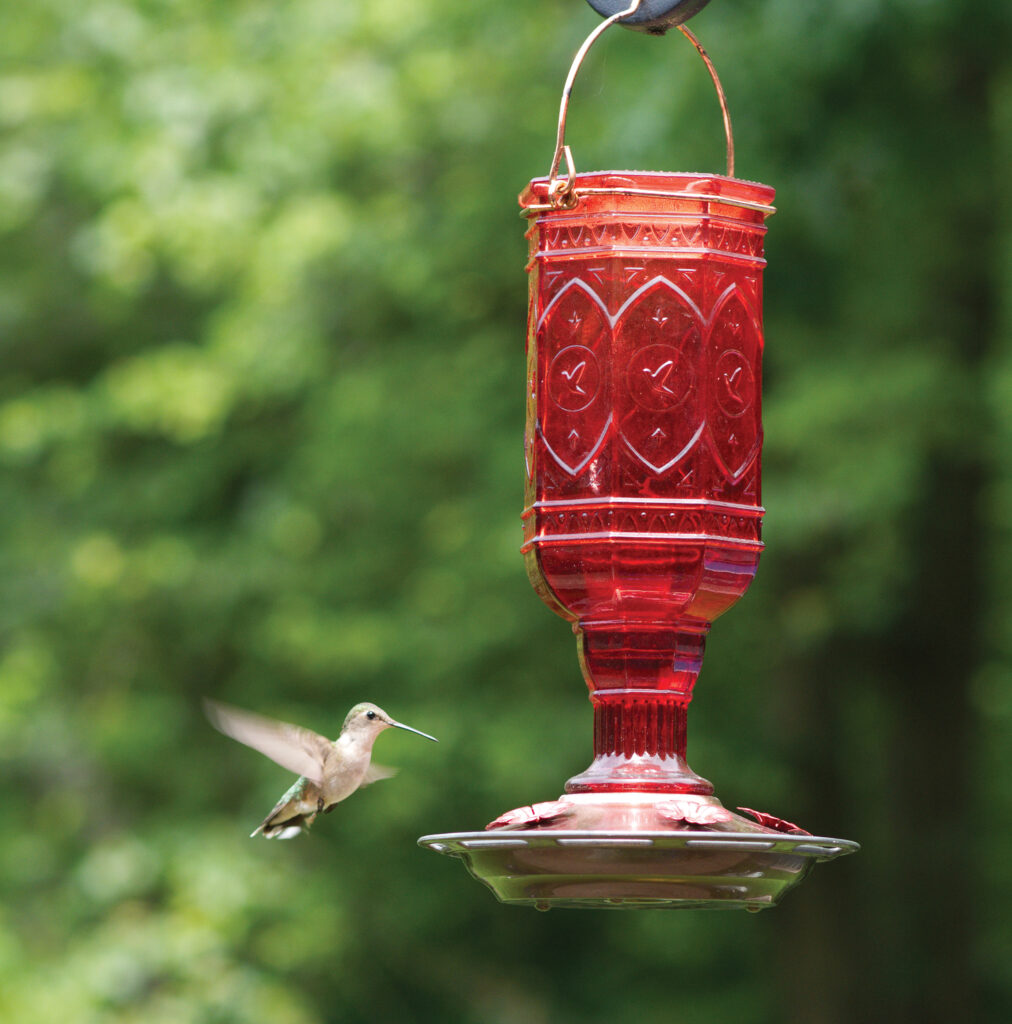
To identify bird calls, listen to them ahead of time using internet recordings so you can recognize the sounds when you’re out in nature. The free Merlin Bird ID app can also help—simply hold up your phone towards the call!
KEEPING BIRDS SAFE
Whenever and wherever you bird, make sure you are considerate of the species you see. Don’t approach too closely because that could scare the birds. Stay away from nests. If you play songs to attract birds closer to you, do so sparingly, as this interrupts their usual activities and causes the birds to expend a lot of energy. On beaches, do not walk through flocks of birds—they need their rest, and they may be near nesting locations.
About the author: From her home base in North Florida, Erika Zambello has explored hundreds of ecological research sites, estuarine research reserves, national parks, state parks, and national wildlife refuges across the Southeast and around the country.
She is a National Geographic Young Explorer and serves on the board of the National Parks Traveler. She holds a Master’s Degree in Environmental Management from the Duke Nicholas School of the Environment (where she specialized in Ecosystem Science and Conservation) and a Master’s Degree in Strategic Communication from the University of West Florida. As a writer, her work has been featured in National Geographic Adventure, National Geographic Voices, Backpacker, Florida Sportsman, and more. Find out more about her book here.
Teach your child a lifelong love for birding and nature, and order Backyard Birding for Kids NOW, and sign up for our newsletter here!


